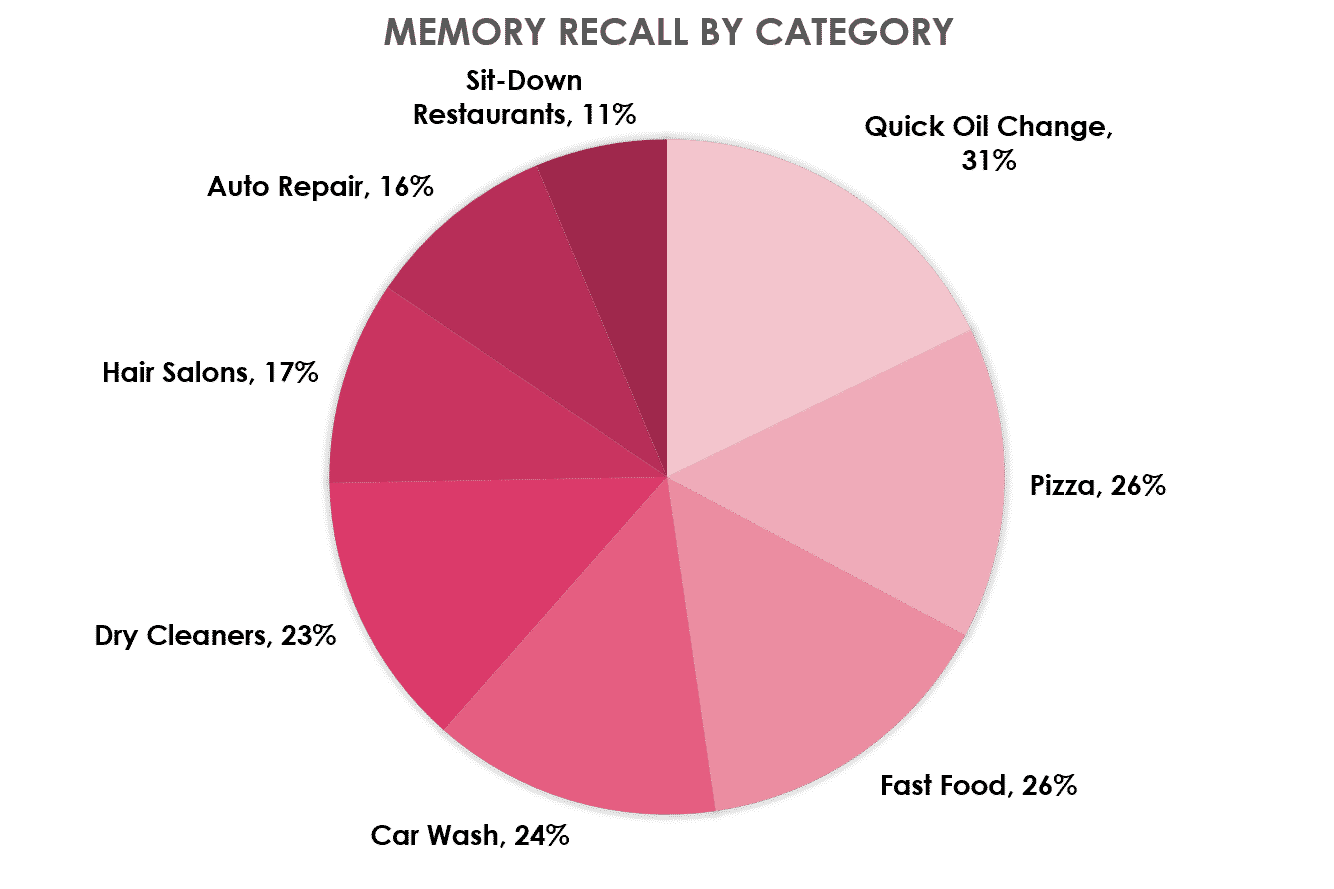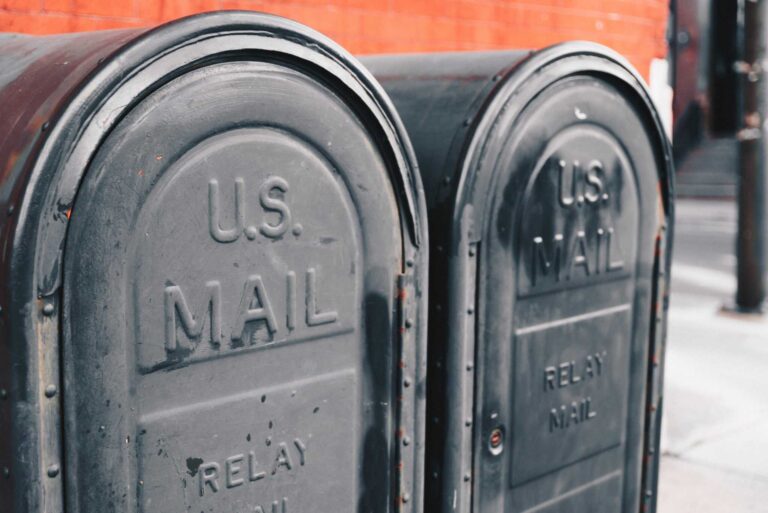[New Research] Just How Many People are Using Coupons?
The coupon craze has risen to new heights. While consumers have always wanted to save money, Google Trends shows that interest in the term “coupons” has more than doubled since 2004. And, according to research from Hawk Incentives, 97 percent of consumers look for a deal when they shop, and 56 percent are more likely to look for a deal in 2017 than 2016. Survey after survey points to the same trend: Americans are still crazy for coupons.What follows is some more research diving into the details of coupon usage.
How many people use coupons?
A 2014 report by RetailMeNot puts the number at a whopping 96 percent! With multiple dynamic channels available to deliver coupons—from register tape advertising to mobile options— it’s never been easier for consumers to get their hands on valuable deals.
Plus, consumers are as motivated as ever to use coupons. First, saving money still matters to people, even almost a decade after the last recession. Second, shoppers who use coupons come away from the experience with a sense of achievement. Hawk Incentives found that 40 percent of coupon users feel smarter when they take advantage of a deal. The same survey also discovered that 40 percent of respondents feel like they are leaving money on the table if they don’t use a deal.
What types of people use coupons?
As you may have expected, Baby Boomers (age 55 and older) are most likely to use coupons, at an impressive 96 percent, according to a study by PRRI. However, Generation X (ages 35-54) are not far behind at 91 percent and 87 percent of Millennials (ages 18-34) use coupons. This data reinforces the notion that coupon advertising is far from dead and, in fact, is cementing its place with new generations of consumers.
When it comes to coupon usage by income, you may not expect the results. Conventional wisdom would suggest that coupon use is reserved to people making less money—families who theoretically stand to benefit more from the savings realized by a deal. However, that’s simply not the case. According to Hawk, 86 percent of households making $200,000 look for deals, compared to 85 percent of people making $100,000-$149,000 and 87 percent in the $20,000-$39,000 range. This finding mirrors previous research that revealed consumers in higher economic brackets were more likely to use coupons.
Grocery Receipt Coupon Research
We couldn’t find a survey or study that included data for grocery store receipt coupons, so thanks to InfoScout, we did our own! We surveyed 588 shoppers to find out how and why consumers use coupons they receive on the back of grocery store receipts.
Of shoppers who were given a receipt from a grocery store, 66 percent saved it in a purse, pocketbook, or wallet.
The receipts handed to consumers rarely go right into the garbage can—two-thirds of shoppers put it somewhere safe, such as their purse or wallet. Moreover, 16 percent of respondents said they put the receipt into the shopping bag, and another 11 percent said the cashier placed it in the bag. Only 3 percent of shoppers tossed the receipt once they got home.
87 percent of shoppers recall seeing coupons on the back of receipts they were given in a grocery store.
This finding is impressive—nearly 7 of 8 shoppers knew some sort of offer was on the receipts handed to them. Also notable was that households with four members (the size of a typical nuclear family) were most likely to recall coupons on the back of receipts—at a whopping 96 percent. This result suggests that offers targeting families can be especially effective.
Coupons for oil changes, pizza, and fast food were most often recalled.
Survey respondents were asked if they could remember specific types of businesses featured on grocery store receipt coupons. The top 8 results were as follows, and note, respondents could choose more than one answer:

Convenience is the most popular reason shoppers like back-of-the-receipt coupons.
When respondents were asked why they liked using coupons on the back of grocery store receipts, 64 percent cited the convenience of receiving the offers. Shoppers could offer more than one reason, and the full results are as follows:
| Easy/convenient to use the offer | 64% |
| Stacking/combining the coupon with other discounts |
44% |
| Don’t have to buy a newspaper to get a coupon | 31% |
| Regular offers fit into the shopper’s routine | 31% |
| No app needed to get offers | 26% |
| No downloading offers to a frequent shopper card | 25% |
Coupons on the back of receipts reflect positively on the brand and on the store.
Grocery stores are particular about whom they choose to let advertise with them, so the presence of a coupon on the back of the receipt sends a subtle message that such a business can be trusted because the grocery store trusts it. The survey found that 58 percent of respondents felt more favorably about a brand that is on a receipt coupon—a number that jumps to 64 percent for the age 18-34 demographic. Also, grocery stores themselves benefit from offering coupons: 55 percent of respondents thought more favorably of stores that use this sort of advertising.
Clearly, these findings bode well for businesses that choose register tape advertising. Printed coupons remain a powerful means for restaurants, salons, auto shops, dry cleaners, and other local businesses to attract new customers, encourage existing customers to return, and build a loyal clientele.
We updated this post on June 1, 2018.



